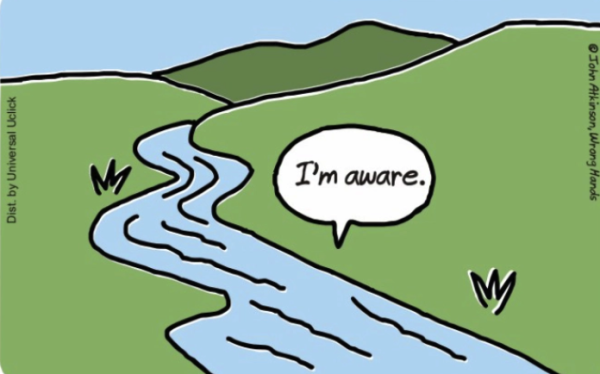School choice
“Would you say to Indiana, that schools cannot discriminate against LGBT students if you want to receive federal dollars? Or would you say the state has the flexibility?” – This was the fiery question Representative Katherine M. Clark posed Betsy DeVos upon her 2018 budget proposal that would drain money from education programs and funnel billions into her School Choice program. Betsy DeVos answered this very logical question illuminating a flaw in her school choice program by defending the states right to discriminate. Representative Clark was referring to the inequitable form of School Choice in Indiana that permits state government to exclude some students from the lottery pool if the parents or the child were members of the LGBTQ community. Outright bigotry and socioeconomic bias within laws are what has established the education debate as one of the most hostile and unresolved issues in American politics. It is seemingly common knowledge in modern times that public schools are failing, especially those that reside in low-income areas. However, Donald Trump with the assistance of his controversial pick for Secretary of Education, Betsy DeVos, have launched the idea of a School Choice program to the forefront of the debate. School choice, with aim to ration out more choice to parents in where their children can attend, issues out vouchers, tax credits or accounts dedicated only to education. Essentially the government funds this and diverts money from what would have been used in a child’s public-school education and awards it to families to take the money and send their child to private schools, charter schools, magnet schools or vocational schools. Unfortunately, the School Choice Program relies on right-wing naïve assumptions about the education system, and as a result, only increases racial and socioeconomic segregation and deteriorates public schools.
The premise of school choice relies on the assumption that, sending students generally in public schools to a charter, a school with a selective student body, would provide them with a better form of education. However, this ignores the most recent studies, and evaluations of charter schools which show students on average have worse performance than students in public schools. As of 2017, charter school students perform worse than public school students on standardized tests and in totalized grade point averages. We operate on a misguided perception that solely because charters have some say in who comes to their school they must have better performing and more educated students. Unfortunately, almost every study done disputes this naïve presumption used by the Trump administration to defend this program. Not only are charter school students performing worse during school, on average they have a lower earnings rate after high school compared to public school students. Despite their rejection of students who pose educational problems, their “to the test” curriculum and their relative selectivity, they have still yet to outperform public schools in any portion of the educational process.
Economic segregation and consequential racial segregation have always and will perhaps continue to be an insurmountable characteristic of the American education system. Public schools rely on property taxes as their sole funding mechanism. Thus, low-income areas with inexpensive housing will then have lower quality schools. Despite laws prohibiting deliberate segregation in America, our education system has remained an almost foolproof way to continue racial separation in America. The unfortunate reality with regards to education is the undeniable existence of the white flight phenomena. Students allotted vouchers are intended for an underprivileged demographic. Despite coming from relatively diverse public schools, when students have the opportunity to choose between predominantly black charter schools or predominately white charter schools, white families will almost always select white schools, and black families will almost always choose black schools. Despite the existence of diverse neighborhoods vouchers only increase the probability of self-segregation, and in turn, deepen America’s all too familiar racial divides.
School choice at its heart redirects money from public schools and gives it to organizations already sustaining themselves through other means. The program is said to deflect the money the public school would use to sustain that one child and use it, instead, for the student to pay to a charter school or a private institution. However, there are severe issues with that process. The amount it takes to sustain one student is relatively incalculable because public schools require no tuition. Any funds they get are going to paying teachers, purchasing resources and facilities. Thus in diverting the money, it costs to sustain one student the overall budget i s diminished and only worsens the environment for the remaining kids that haven’t won the voucher lottery. In short, for every student that gets a voucher the rest of the students and faculty of their previous school will suffer in one way or another.
I concede, at a glance, and with little understanding of the education system school choice is easy to get on board with. A chance for underprivileged students to get a better quality of education, however, unfortunately, charter nor public schools are succeeding in a way that supports that framework. And the Trump Administration disregards structural inequality and the genuine effect of racial segregation, deem the policy an inherently ignorant form of legislation. If we hope to adjust our education system for the better, we must first demand our legislators eliminate the tunnel vision on which they operate and genuinely seek to understand all realms of the American education system.


